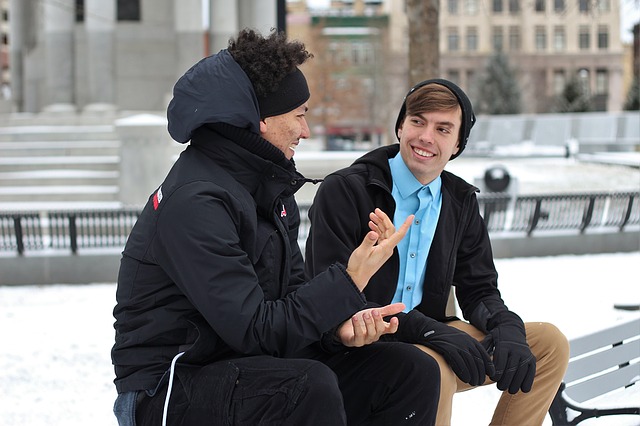
Retrived on: 02 junio, from: https://pixabay.com/es/pensamiento-idea-innovaci%C3%B3n-2123971/
Click on each concept to visualize detailed information.
Examples
Can you identify the tenses used in these examples?
She always takes a shower in the mornings.
Joey doesn’t have a car.
Have you gone to the beach recently?
Javier has never travelled abroad.
I’m exhausted as I have been painting my house for 3 days.
We’ve been saving money for months for our trip to Europe.
Present Simple
We use Present Simple to talk about habits and general information in the present.
Daniel plays the violin beautifully.
We don’t go out lunch every day, but every weekend.
Present Perfect
We use Present Perfect (have/has + verb in past participle) to talk about actions that started in the past and still continue; or to express indefinite repeated actions.
Any has studied that major for 3 and a half years.
Have you gone to that bar many times?
We use Present Perfect Continuous (have/has + been + verb-ing) to talk about actions that are repeated over a period of time, or to emphasize the result of an activity.
Tania is really tired because has been remodeling her office.
Arthur has been going to that market for all his life.
By the end of this topic, you will:
Make differences between simple present, present perfect and present perfect continuous to describe habits and activities that happened in the past and continue, as well as to emphasize the progress of an action, employing activities in real communicative situations.
Content
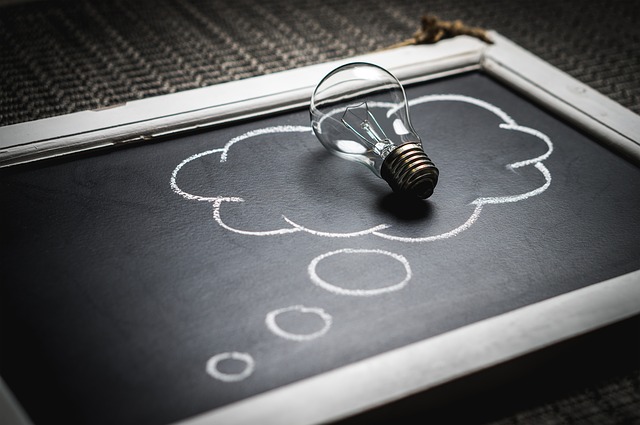
Retrived on: 02 junio, from: https://pixabay.com/es/pensamiento-idea-innovaci%C3%B3n-2123971/
Click on each concept to visualize detailed information.
We use Present Simple for:
• Activities that happen all the time or repeatedly, or something real in general.
Doctors take care of patients in the hospital.
The Earth goes around the Sun.
He works from 8 am to 6 pm.
I take a shower every day.
• To say how often we do things.
Liza doesn’t drink tea very often.
Linda and Bryan always arrive on time for class.
In present simple, DO or DOES work as auxiliaries. Use it for negatives and questions:
I don’t have breakfast at 9 am.
Do they know the answer to this exercise?
Samuel doesn’t know how to drive.
Does Araceli have a brother?
We use Present Perfect:
• When we say, something has recently happened.
Oh! I have cut my finger!
The road is closed. There has been an accident.
• When an action in the past has a result now.
Where’s your wallet? I don’t know. I’ve lost it.
He said his name, but I have forgotten it.
• When we talk about an activity which continues from the past to the present, or it has been repeated many times (without specifying WHEN it happened).
He has driven that car for eight hours.
We have been to China three times.
In present perfect, HAVE or HAS work as auxiliaries. Use if for negatives and questions:
Have you ever eaten caviar?
She hasn’t ever had a car.
We use Present Perfect Continuous (have/has + been + verb-ing) to talk about actions that are repeated over a period of time.
Linda has been watching television for hours.
Sue and Thomas have been working for the United Nations for nine years.
In the present perfect continuous, HAVE or HAS work as auxiliaries. Use them for negatives and questions:
Has Veronica been studying hard for her tests? Yes, she has.
We have not been sleeping well at night, and we feel sleepy.
Exercise 1
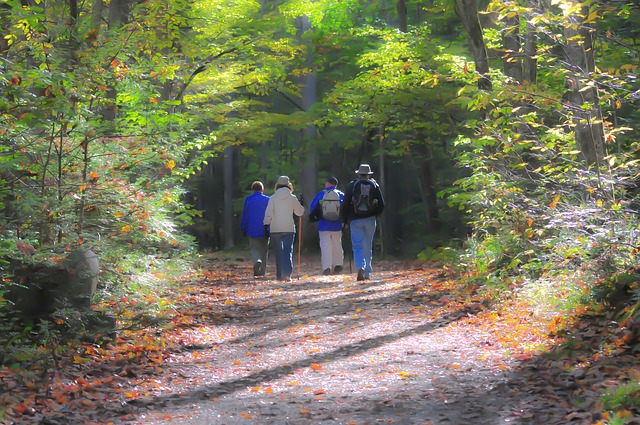
Retrived on: 02 junio, from: https://pixabay.com/en/hiking-trail-smoky-mountains-1232453/
As you have learned, the differences between simple present and present perfect can be identified by time expressions, conjugations and auxiliaries. With the previous information, determine the correct order of sentences in English.
Exercise 2
As you have previously read, there are some differences between present perfect and present perfect continuous. The time expressions and conjugations can help you identify which one to use.
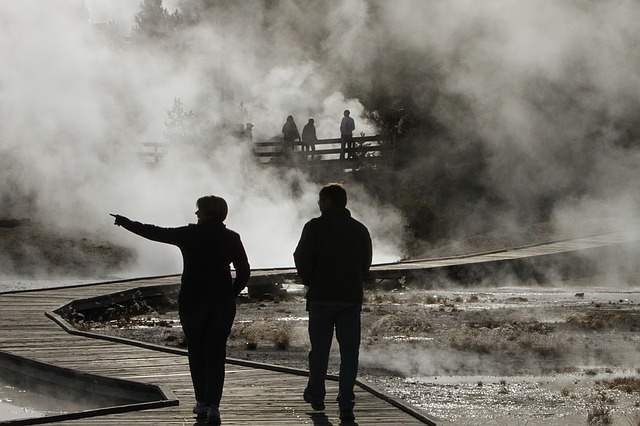
Retrived on: 02 junio, from:https://pixabay.com/en/geyser-steam-landscape-geothermal-1626583/
Exercise 3

Retrived on: 02 junio, from: https://pixabay.com/en/workplace-team-business-meeting-1245776/
You can now differentiate the concepts between simple present, present perfect and present perfect continuous. The time expressions, the emphasis and the progress of the actions in each verb aspect may be recognized easily.
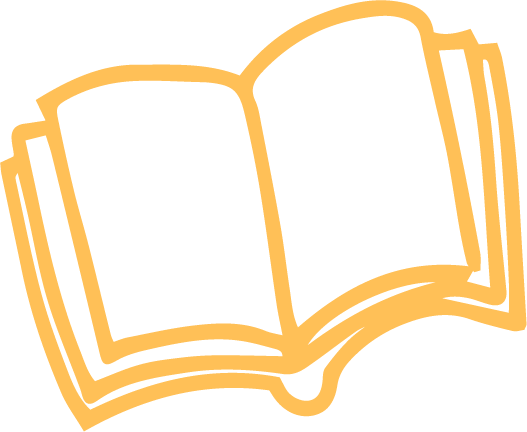
Activity 1
How often do you use Facebook?
What other social networks do you know?

Retrived on: 02 junio, from: https://pixabay.com/es/red-social-facebook-red-conexi%C3%B3n-76532/

Activity 2
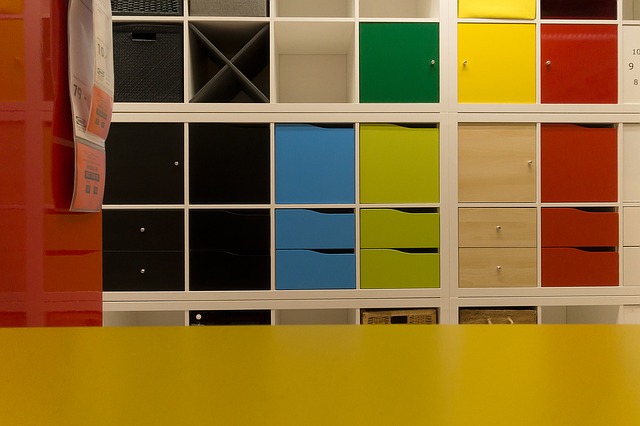
Retrived on: 02 junio, from: https://pixabay.com/es/compras-patrones-de-color-muebles-1384105/
What do you know about IKEA?
If you need some products for your house, like furniture or plants, where do you buy them?
Do you like shopping for tools and decoration items?
As you have studied before, present tenses are used in many situations; one of them is the description of companies. You are going to listen to a monologue about a Swedish company called IKEA, where present tenses are used.
Listen to the audio
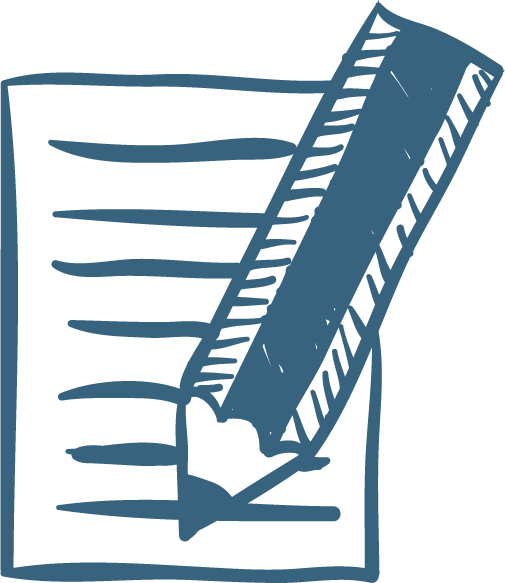
Activity 3
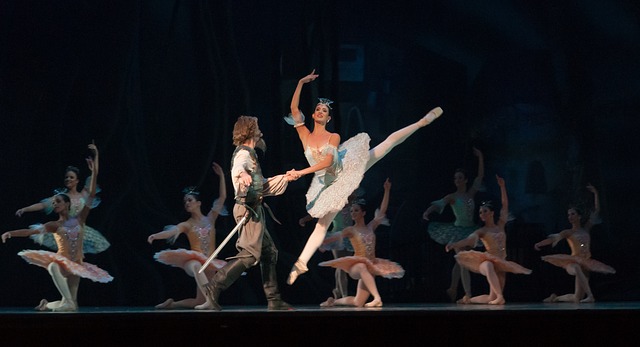
Retrived on: 02 junio, from: https://pixabay.com/es/ballet-rendimiento-don-quijote-549614/
Think about these questions:
What’s a challenge for you?
Have you ever achieved a challenge?
Look at the following example and write a composition with the title “My challenges and achievements” where you describe personal information about the challenges you have achieved. Write 200 – 220 words.
Before you start your writing, make sure it has the characteristics contained in the rubrics. After that, use it as a reference for a self-evaluation.
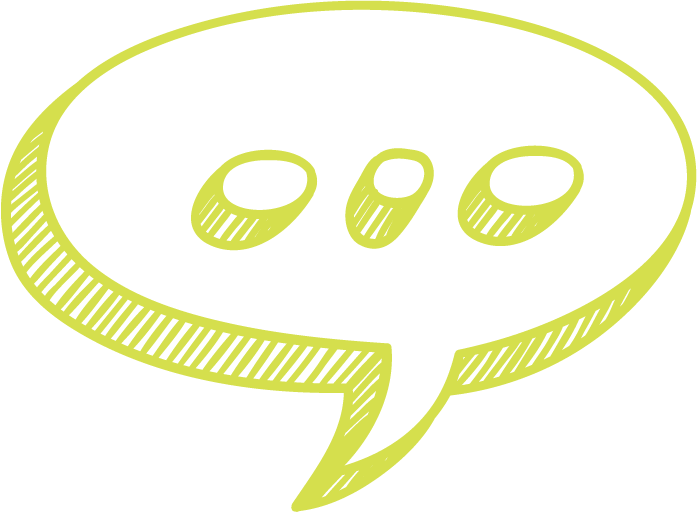
Activity 4
As you know, present tenses (simple, perfect and continuous) are very common in the English language.
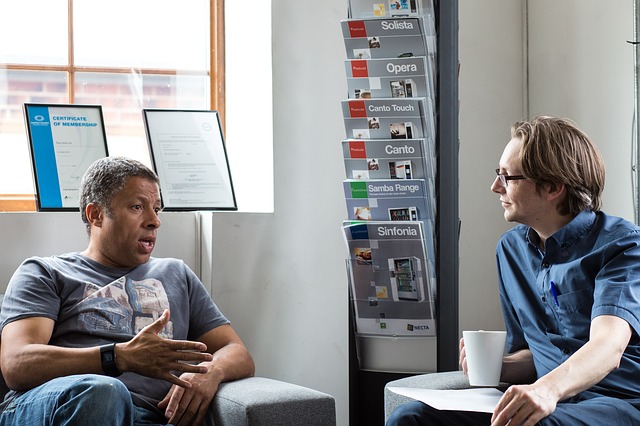
Retrived on: 02 junio, from: https://pixabay.com/es/escucha-reuni%C3%B3n-informal-chat-1702648/
People used them to describe their routines, achievements and present progressive activities. Read this example:
I work for a school. I’ve worked there for 13 years. I’ve been grading my students’ exams since the day before yesterday.
For this activity, you need to write ten sentences using Present Simple, Present Perfect and Present Perfect Continuous to describe your routines, your life achievements and some recent progressive actions.
Record your sentences and pay close attention to the usage of present tenses.
Before recording yourself, study the aspects described in the rubrics for self-assessment.
Click here to listen to an example.
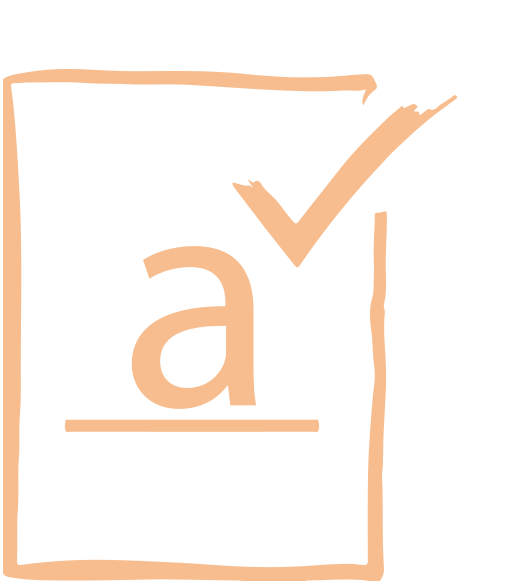
As you have learned, simple present and present perfect are widespread in the English language. With the information, you have studied so far, read the sentences in the first column of these activities.

Retrived on: 02 junio, from: https://pixabay.com/es/esperar-esperando-charlar-tiempo-1052487/
As you have explored, present perfect and present perfect continuous are used very often in English. Based on this information, read the next conversation.

Retrived on: 02 junio, from: https://pixabay.com/es/jard%C3%ADn-de-coventry-mercado-londres-973852/
. Eastwood, John. (1994). Oxford Guide to English Grammar. Great Britain: Oxford University Press
. Hewings, Martin. (2005). Advanced Grammar in Use. Cambridge: CUP (2nd ed)
. Murphy, R. (2012). English Grammar in Use. Intermediate. Cambridge: CUP [4th ed]
. Rosset, Edward. (2000). 2000 Tests. Advanced Level. Level 4. México Stanley de México.
. BBC Learning English. (2006-2016). Perfect: Simple and Continuous. Retrieved 01/04/17 from https://www.bbc.co.uk/worldservice/learningenglish/grammar/learnit/learnitv67.shtml
. BBC Learning English. (2006-2016). Grammar Challenge. Retrieved 01/04/17 from https://www.bbc.co.uk/worldservice/learningenglish/radio/specials/1618_gramchallenge33/
. British Council. Present Perfect: Simple and Continuous. Retrieved 1/04/17 from https://learnenglishteens.britishcouncil.org/grammar-vocabulary/grammar-videos/present-perfect-simple-and-continuous